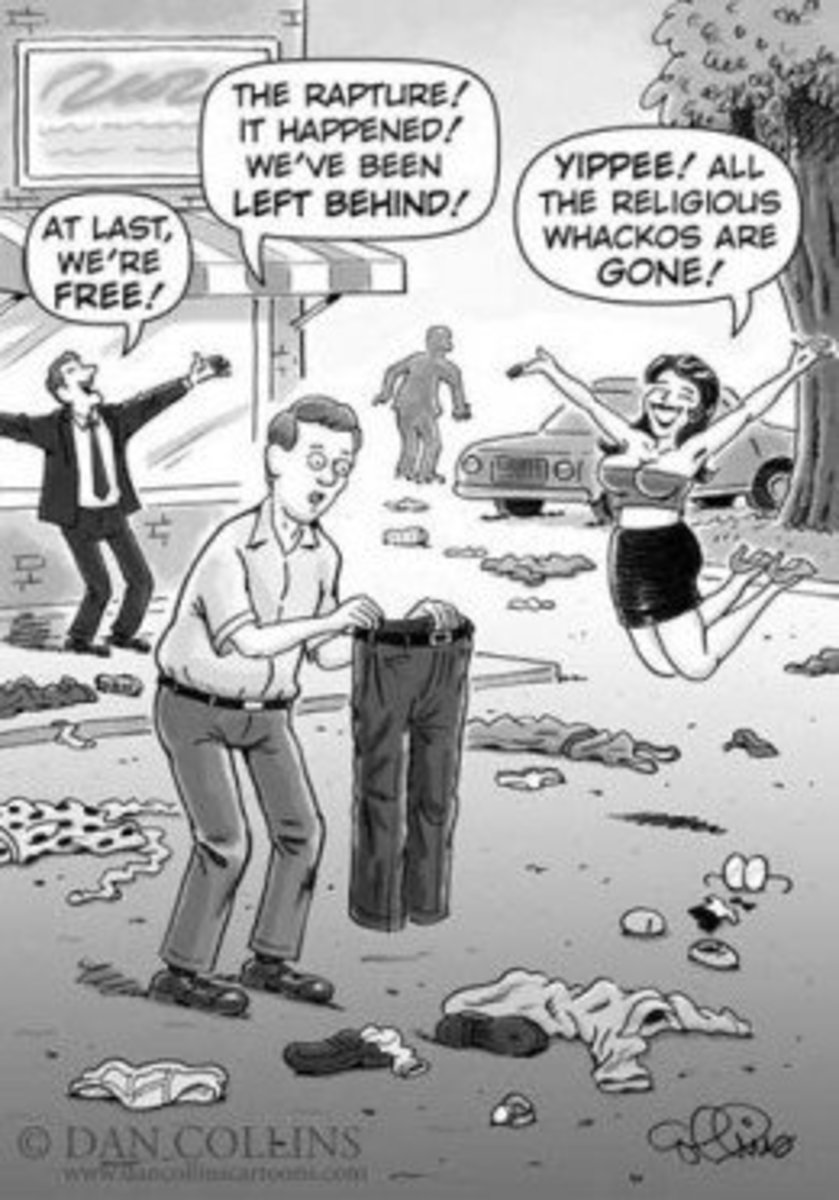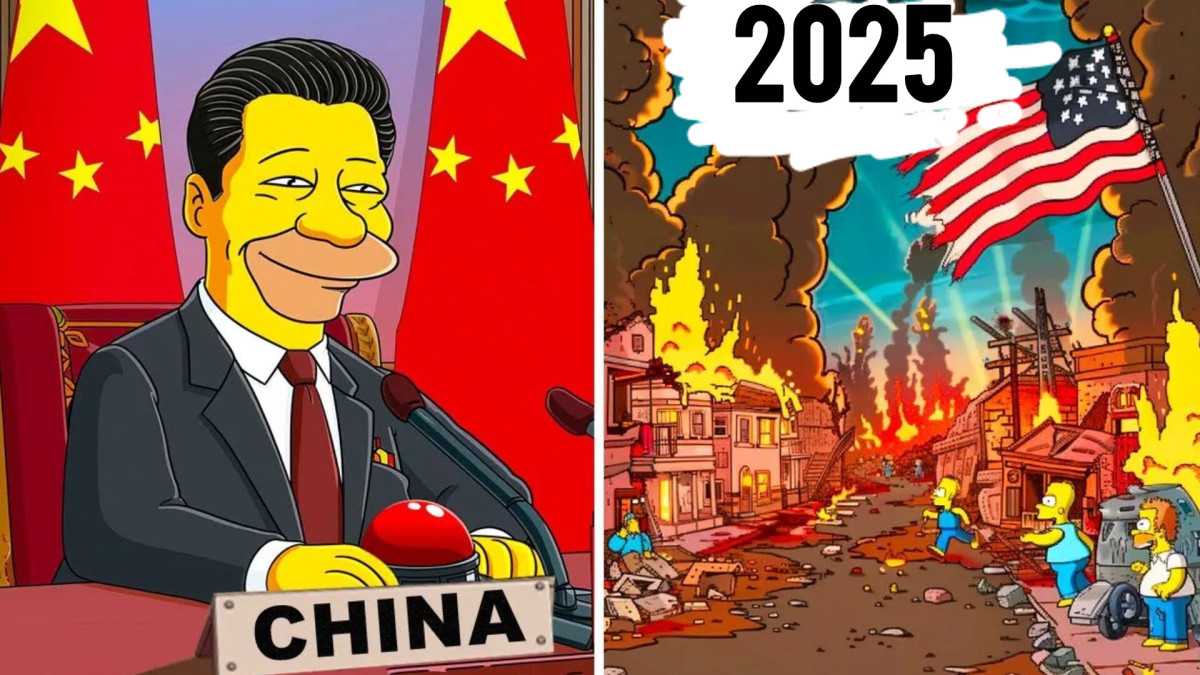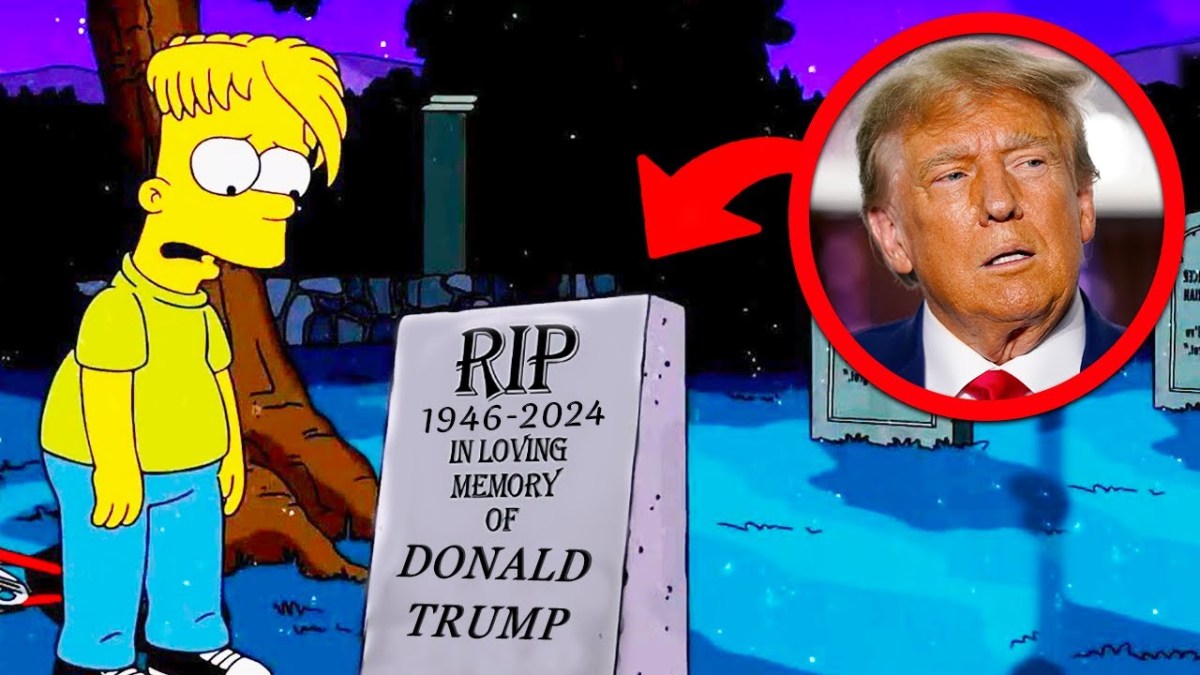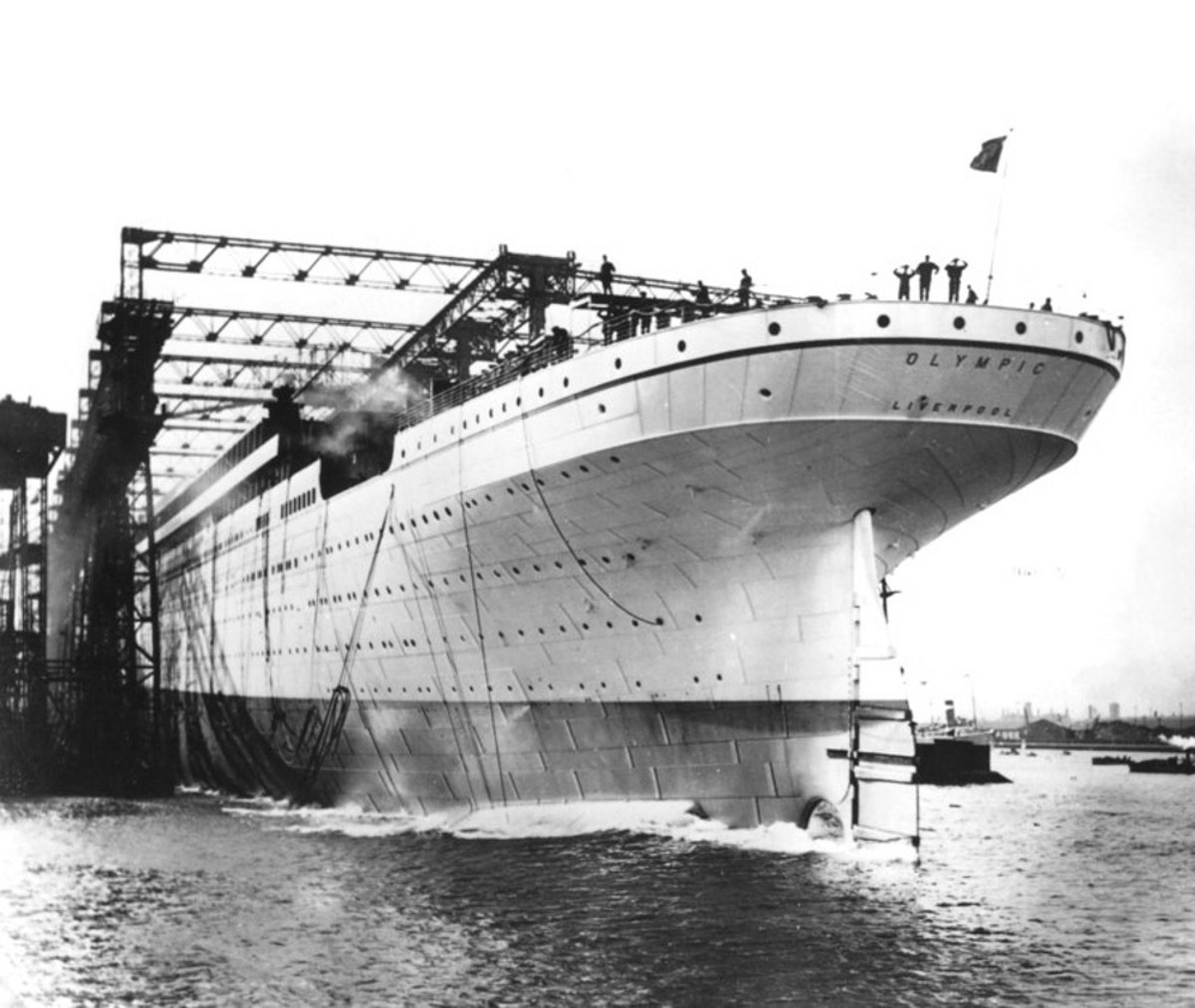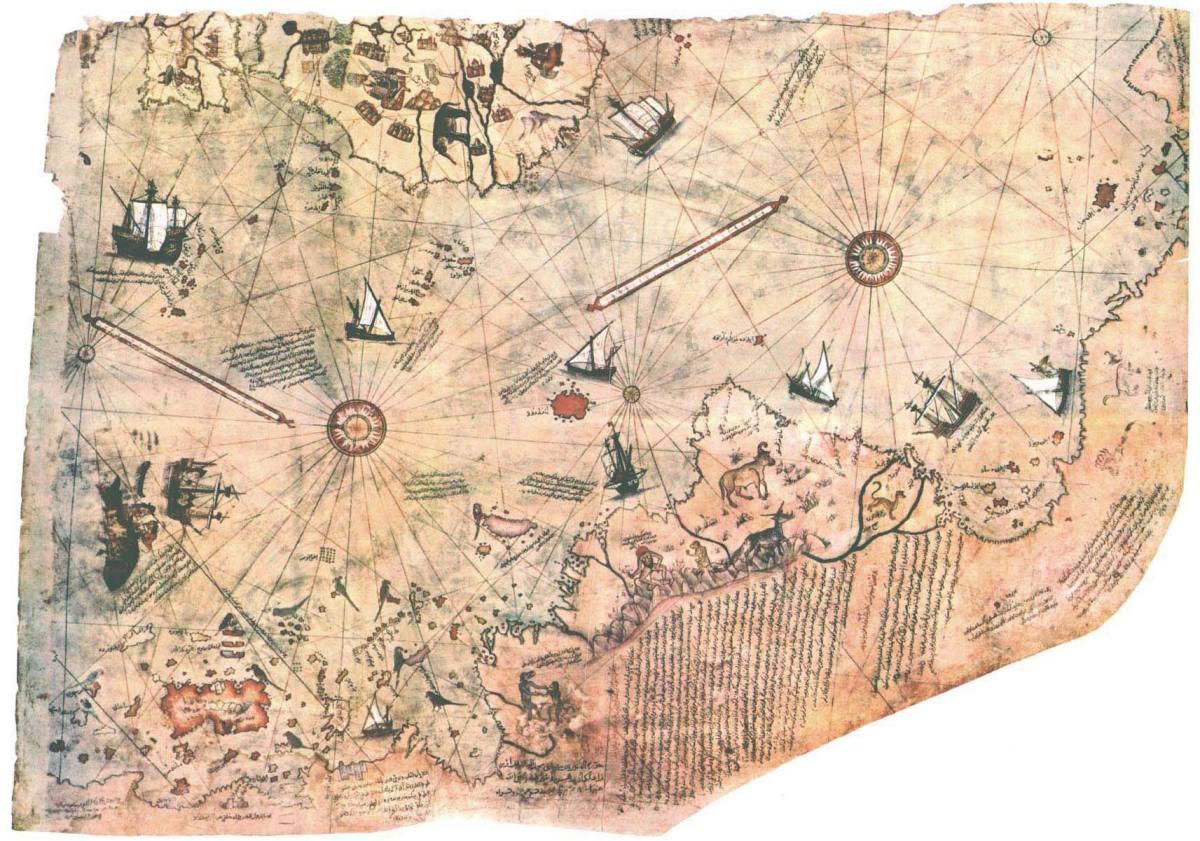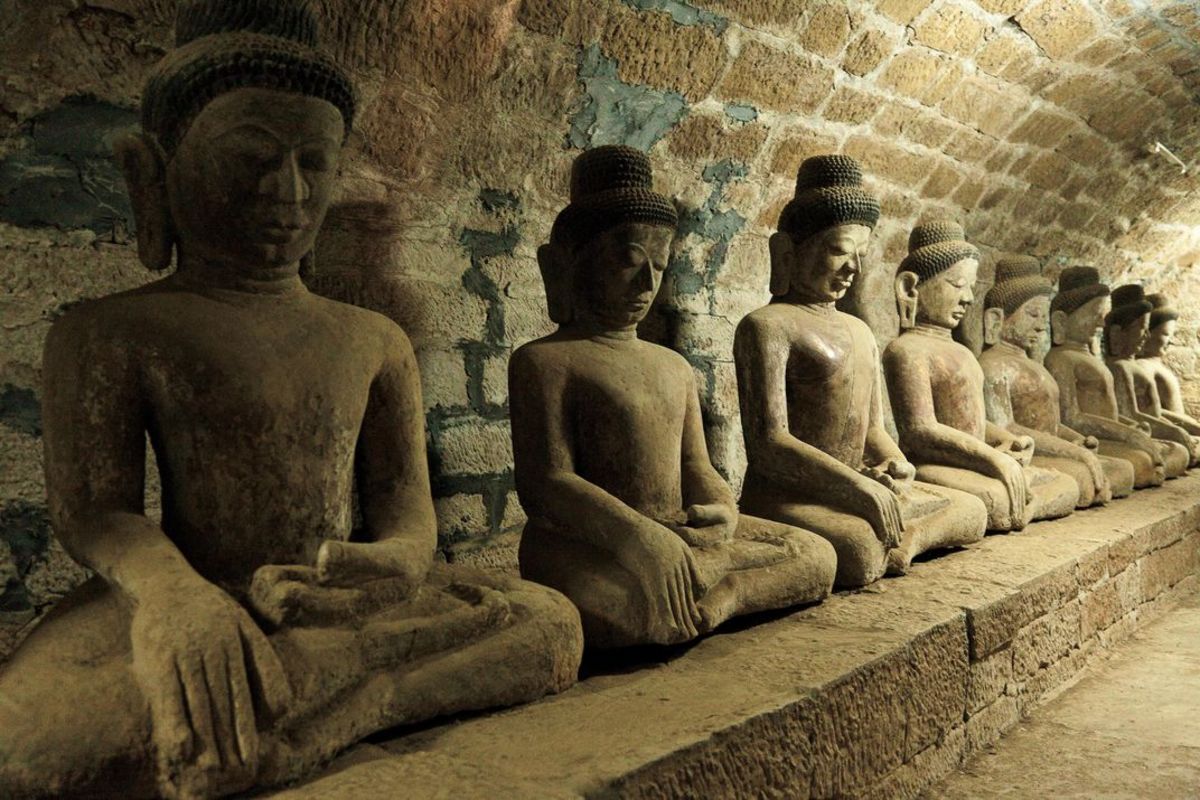Can History be predicted?
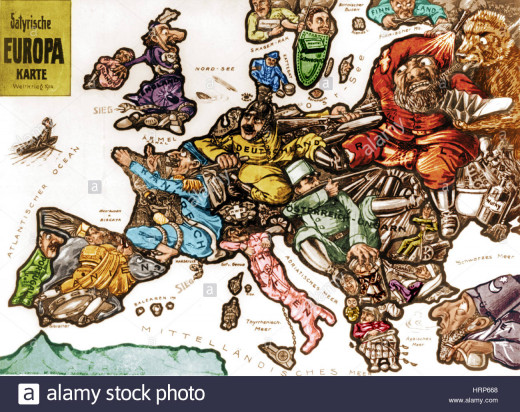
The workmen had put three lamps in the road. Each lamp flashed every few seconds but, since the workmen had not switched them all on at the same time, the result was a sequence of flashes that look random.
I experimented, long ago, with one of the simplest random number generators. The numbers it produces was unpredictable but if used to generate points in two dimensional space the resulting points lay on a curve, rather than filling the whole of the space. If used to generate points in three dimensions these points lay in a number of curves that intersect at one point and did not, as one might have expected, fill space.
Engineers and mathematicians know that any time series can be decomposed into the sum of regular cycles. Economists know at least one cycle, the business cycle and political change can be dominated by the cyclic activities known as elections.
Scientists and mathematicians know small changes can have drastic results. Catastrophe theory, discovered by French mathematician Rene Thom, shows small changes can have major effects. In the concrete world in which we live adding sand to a pile grain by grain leads to a tipping point where the pile becomes unstable and adding a single grain can create a miniature landslide.
In The Black Swan Nicholas Naseem Taleb described cases where large fluctuations in stock markets occurred as a result of small changes, and physicists are familiar with phase changes where a timy fall in temperature can cause a piece of iron to become a magnet and a tiny rise in temperature can cause a magnet to change back into a lump of iron.
Astronomers can predict the motion of one planet, can predict the motions of two planets that influence each other, but not, except in special cases, predict the motions of three planets.
The Political Stress Indicator
Knowing all this I was open to the idea that the interaction of multiple interaction cycles of behaviour, such as the business cycle, can, when used with care, explain history, or at least many aspects of it. Obviously history does not repeat exactly, but there are rhyming cycles that link the eighteenth and early 19th centuries with today. These include social unrest in the early 1800s caused by the industrial revolution with the strikes of the 1970s and 1980s and the changes caused by the telegraph system, “The Victorian Internet” which parallel the changes caused by the Internet.
Three cycles eah a compoment of the Political Stress Indicator, described below, would be like the Three body problem in Astronomy and result in behaviour that is largely predictable, on the basis of experience. It looks like the Political Stress Indicator, a concept developed by Goldstone in the 1990s, can be used to identify times where stress is high enough that major change can be brought about by small triggers: the first world war might not have happened had the Emperor Franz Ferdinand been assassinated a few months earlier or later. Equally something else might have triggered it.
At a very high level Goldstone’s model assumes that growth continues till the land cannot support it any longer. This means the standard of living of the masses declines, leading to unrest. The government tries to placate the masses but that alienates the ruling elite so the government must use its own money thus going further into debt. Eventually, marginalised members of the elite side with the masses against the state, violence breaks out and the government is too weak to contain it.
Goldstone showed that the Political Stress Indicator spiked before the French Revolution, the English civil war and two other major 17th-century conflicts – the Ottoman crisis in Asia Minor, and the Ming-Qing transition in China. In each case, however, there was a trigger that might have had no effect had political stress been low.
Prediction versus Understanding
The Political Stress Indicator seems to have some predictive value but prediction is not the same as understanding. If you cannot predict you do not understand, but you can predict without understanding: you can predict that pressing the power button on a laptop will cause it to switch on without understanding how it does it. Theory without data is barren and data without theory is of at best limited use.
The theory behind the stress indication and resulting discipline of Cliodynamics is not valueless It may stimulate worthwhile research to uncover the different causes of mass unrest and identify an underlying cause. It may also have some predictive value though, as with the stock market, a system that delivers reliable predictions will, if the prediction becomes public, tend to prevent the prediction coming true.
Cliodynamics may produce a mathematical model that allows fairly reliable predictions of, for example, recessions and revolution when several indicators converge: 100% reliability is likely to be impossible, if only because humans are unpredictable, sometimes wilfully so. It may allow policy makers to identify, more reliably than at present, times where small triggers may cause a crisis.
A collaboration between AI and human may emerge, where an AI can predict troubled times more reliably than humans and humans can identify the causes and try various remedies on a simulation. At present this is a long way away.

